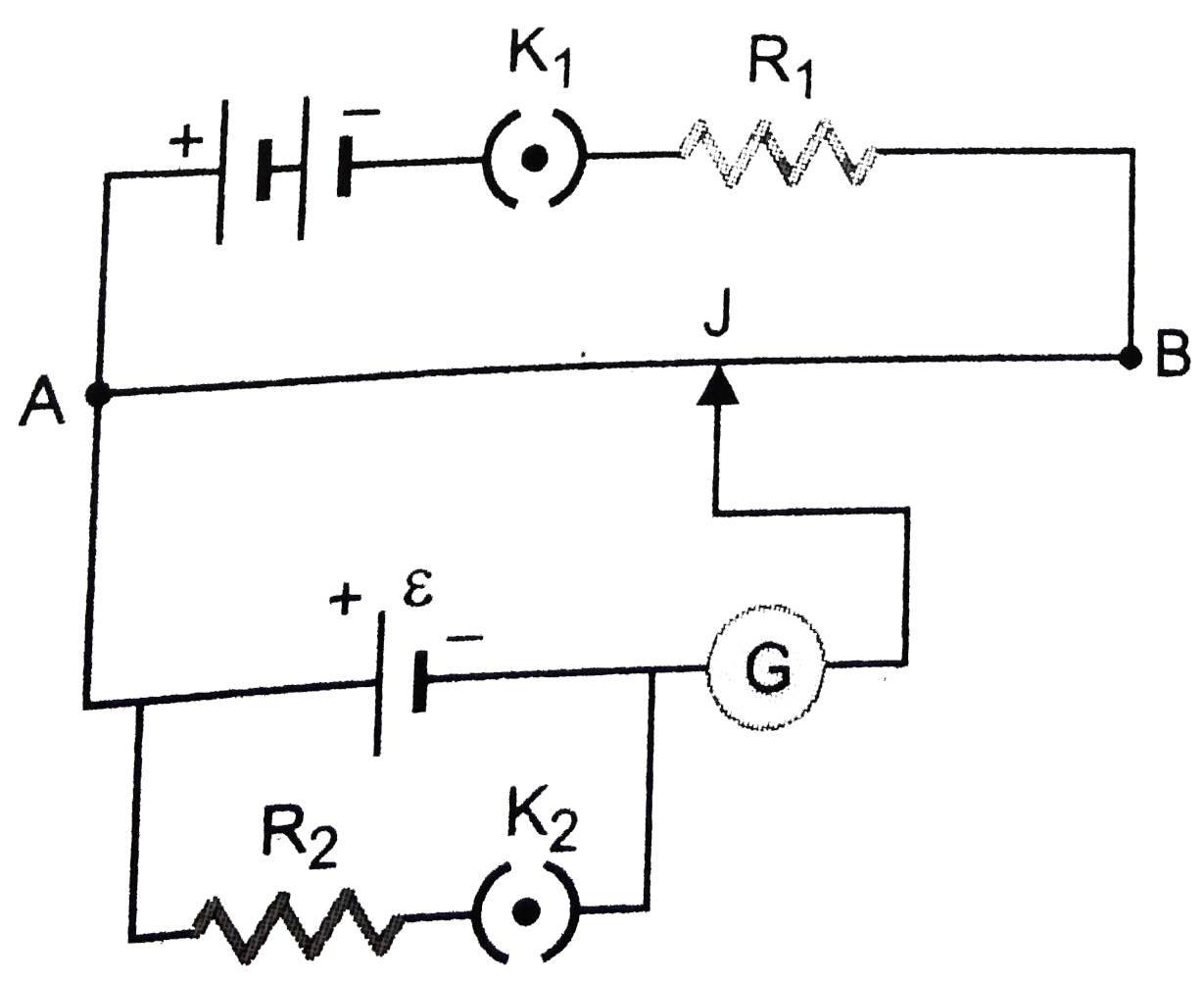The protistans in which cell size decreases with each dicreases with each Moulds are
Dinoflagellates
Diatoms
Slime Moulds
Radiolarians.
The correct Answer is:c
Step-by-Step Solution:
1. Understanding the Question:
The question asks about protistans whose cell size decreases with each division. We need to identify which type of protist fits this description from the given options.
2. Analyzing the Options:
The options provided are:
- Dinoflagellate
- Diatom
- Trimoun
- Radiolarian
3. Identifying Characteristics of Each Option:
- Dinoflagellates: These are typically known for their flagella and are not characterized by a decrease in cell size with division.
- Diatoms: These are unicellular algae with a unique silica cell wall. They reproduce asexually, and with each division, one daughter cell maintains the original size while the other becomes smaller.
- Trimoun: This option is less commonly known, and its characteristics do not specifically relate to size reduction with division.
- Radiolarians: These are also protists but are not known for a decrease in size with each division.
4. Focusing on Diatoms:
Diatoms reproduce asexually by binary fission. In this process:
- The original cell divides into two.
- One daughter cell retains the original size, while the other is smaller.
- This pattern continues, leading to a gradual decrease in the size of one of the daughter cells with each division.
5. Conclusion:
Based on the analysis, the correct answer is Diatom, as they are the protists that exhibit a decrease in cell size with each division.
---
The question asks about protistans whose cell size decreases with each division. We need to identify which type of protist fits this description from the given options.
The options provided are:
- Dinoflagellate
- Diatom
- Trimoun
- Radiolarian
- Dinoflagellates: These are typically known for their flagella and are not characterized by a decrease in cell size with division.
- Diatoms: These are unicellular algae with a unique silica cell wall. They reproduce asexually, and with each division, one daughter cell maintains the original size while the other becomes smaller.
- Trimoun: This option is less commonly known, and its characteristics do not specifically relate to size reduction with division.
- Radiolarians: These are also protists but are not known for a decrease in size with each division.
Diatoms reproduce asexually by binary fission. In this process:
- The original cell divides into two.
- One daughter cell retains the original size, while the other is smaller.
- This pattern continues, leading to a gradual decrease in the size of one of the daughter cells with each division.
Based on the analysis, the correct answer is Diatom, as they are the protists that exhibit a decrease in cell size with each division.
Topper's Solved these Questions
- KINGDOM PROTISTA (UNICELLULAR EUKARYOTES)BOOK - DINESH PUBLICATION ENGLISHCHAPTER - KINGDOM PROTISTA (UNICELLULAR EUKARYOTES)EXERCISE - REVISION QUESTION FROM COMPETITIVE EXAMS.
298 Videos
- KINGDOM PROTISTA (UNICELLULAR EUKARYOTES)BOOK - DINESH PUBLICATION ENGLISHCHAPTER - KINGDOM PROTISTA (UNICELLULAR EUKARYOTES)EXERCISE - CHECK YOUR GRASP
19 Videos
- KINGDOM PLANTAE OR METAPHYTA BOOK - DINESH PUBLICATION ENGLISHCHAPTER - KINGDOM PLANTAE OR METAPHYTA EXERCISE - CYG
20 Videos
- LEAFBOOK - DINESH PUBLICATION ENGLISHCHAPTER - LEAFEXERCISE - CYG
10 Videos
Similar Questions
Each cell has a
View SolutionWhich gland decreases in size with increasing age
View SolutionA nucleus must be present in each cell.
View SolutionIn which stage rate of cell-division decreases ?
View SolutionDuring the working of a galvanic cell and with the passage of time.
1) Spontaneity of the cell reaction decreases, Ecell decreases
2) Reaction quotient Q decreases, Ecell increases
3) Reaction quotient Q increases, Ecell decreases
4) At equilibrium, Q=Keq,Ecell=0
View SolutionConsider the following statements :
The mean free path of gas molecules
I. decreases with increase in concentration
II. increases with decrease in pressure at constant temperature
III. decreases with increase in molecular size
Which of the above statements are correct?
View SolutionFor the circuit would the balancing length increase, decrease or remain the same if
(i) R1 is decreased
(ii) R2 is increased, without any change (in each case) in the rest of the circuit ?
Justify your answer in each case.

View SolutionWhich Protistan shown bioluminescence
View SolutionA protistan which is commonly called plant-animals is
View SolutionStarvation leads to decrease in size of
View Solution
